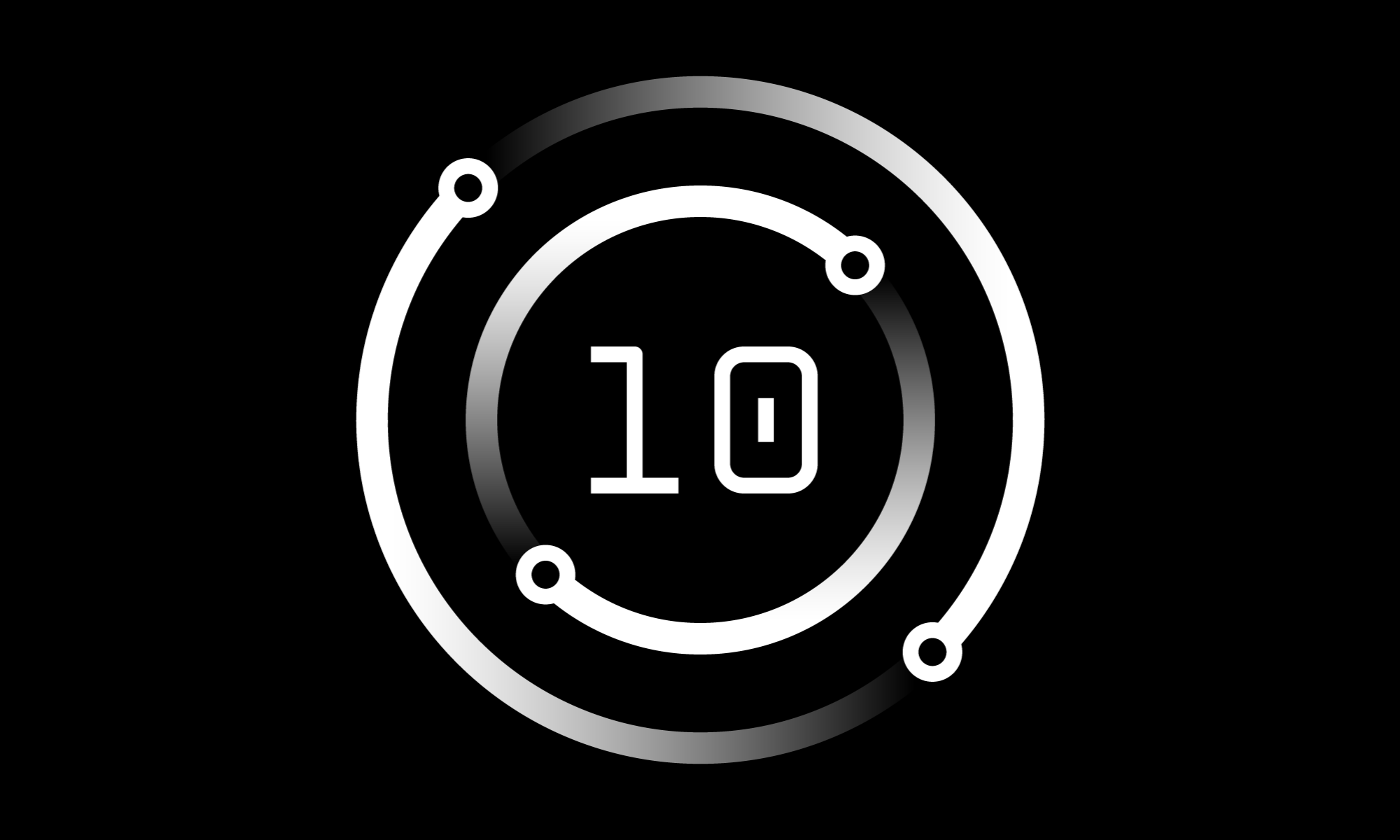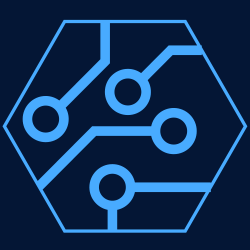#Cloud ecosystems have the power to transform a business by delivering quick insights at a low cost. Register for our webinar on November 11th and learn how to get your #mainframe and #IBMi data into Snowflake: bit.ly/2YfdlN2 pic.twitter.com/kJ9WhKxQP9
– Precisely (@PreciselyData)11:30 – Nov 04, 2021


